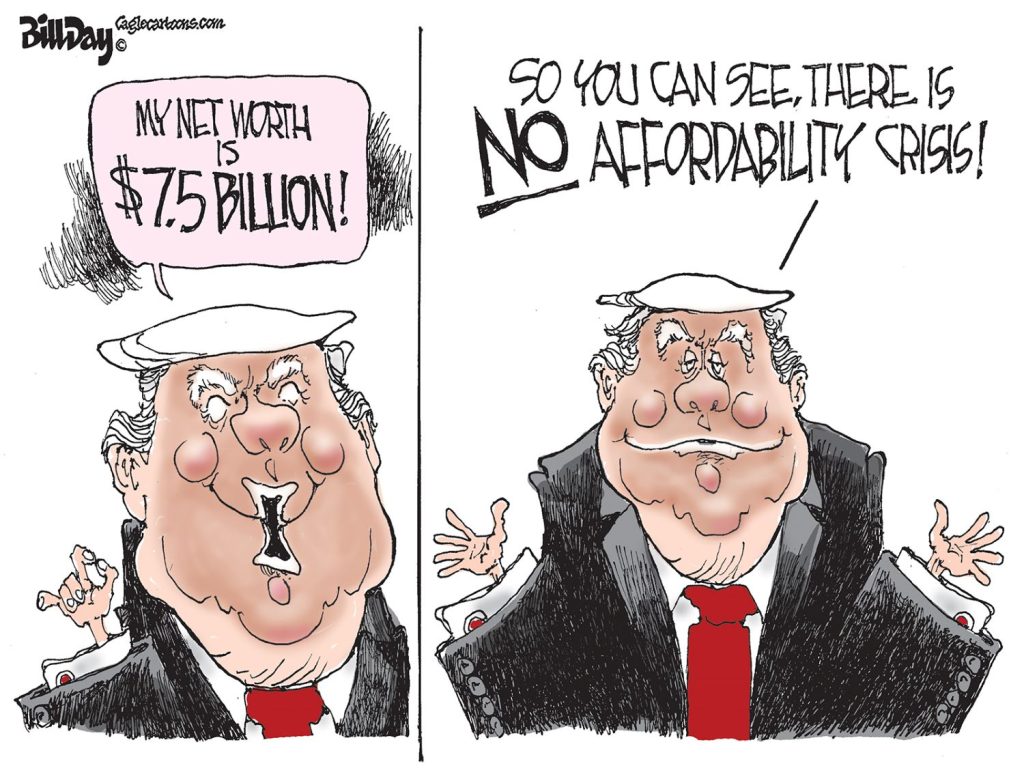From Wall Street Journal:
Cities from Los Angeles to Atlanta are making big bets to revitalize their downtowns by bringing back a form of transportation many abandoned decades ago: the streetcar.
Some cities are counting on help from federal stimulus dollars, but a few are going it alone.
Late last month, about 500 residents in one part of Kansas City, Mo., voted to create a special taxing district to raise $75 million over about two decades for a streetcar. In the same week, Cincinnati officials passed a measure to allow about $15 million to be spent on a 3.6-mile loop. And in Los Angeles, the city council approved a plan to ask voters if they are willing to pay additional taxes for a four-mile downtown streetcar loop.
Proponents say the streetcars would boost economic growth and catch the fancy of younger generations.
“Kansas City’s downtown has bled jobs, people and buildings for decades,” said David Johnson, a 38-year-old engineer and co-founder of Streetcar Neighbors, a residents group that advocates for streetcars in that city. “We’re trying to reinvigorate the downtown.”
But others see a waste of tax dollars on projects that, they say, offer little more than a way to move downtown workers from their offices to lunch.
“I would love a rail system that actually gets people to work, not just to buy a sandwich,” said Josh Spring, the director of the Greater Cincinnati Homeless Coalition, which opposes the project there, which is backed by about $40 million in federal dollars.
Streetcars, which typically run as single-car, electric-powered units on steel tracks in a condensed area, once were a common part of the urban landscape. But most cities’ tracks were ripped out to make more room for automobiles on busy streets. Streetcars are distinct from trolleys, often vintage vehicles that cater to tourists, and light-rail systems, which typically travel to and from a city’s suburbs and carry more people in multiple cars.

The revival in streetcar projects comes in part because of federal backing. In 2009, Transportation Secretary Ray LaHood pledged $280 million for urban-transit projects, such as streetcars. During the past four years, the Department of Transportation doled out more than $450 million to 12 streetcar projects across the country, according to the Federal Transit Administration.
Atlanta and Salt Lake City already have broken ground on streetcar projects with a total of $74 million in federal funding.
Minneapolis is preparing to apply for more federal money to get a project under way after receiving a $900,000 federal planning grant in late 2010, said Peter Wagenius, a policy director for Mayor R.T. Rybak. “These streetcar lines are short not because they should be, but rather because cities have been doing what was possible with available funding,” Mr. Wagenius said.
Many cities point to streetcar projects like the one in Portland, Ore., which opened its first leg in 2001 and is expected to expand to 7.3 miles of track next month from four miles now. City officials in a 2008 report cited the streetcar as impetus for more than 10,000 new housing units and 5.4 million square feet of office, institutional, retail and hotel construction within two blocks.
“Portland wasn’t like a mecca before. It was another dirty midsized city,” said Mr. Johnson of Kansas City, who says he has no problem paying an extra $200 per year for the streetcar to roll into his city of 480,000.
Carl Kiilsgaard for The Wall Street JournalStreetcar tracks in Portland’s Pearl District.
But some experts say not every city can be turned into the next Portland. Randal O’Toole, a senior fellow with the Cato Institute, a libertarian think tank, published a paper in June titled “The Great Streetcar Conspiracy,” in which he calls streetcars the “latest urban planning fad,” claiming that operation costs per mile for streetcars are double those of buses. “Putting 125-year-old technology into modern cities is going to create more congestion, dangerous situations for pedestrians and divert taxpayers’ money from transit that people really need to transit that is silly,” Mr. O’Toole said.
To read more, click here.







Great read. What is the status of expanding our local street car. Extending the tracks to Overton Square should happen.
Solomon-
I agree that an extension of the trolley to Overton Square makes a lot of sense (especially in light of the city’s construction of a public parking facility at the Square). At least a single track extension that utilized the turn lane on Madison coupled with service frequencies of 15 min. would do a great deal to link downtown and Midtown. Then again, what good does it do to extend the trolley line if trolleys are spaced at 25-30 min intervals and/or do not adhere to any sort of schedule?
While I cannot speak on behalf of MATA, I think we can make some assumptions based on certain public comments that have been made recently:
We should not expect a extension of the trolley in the near future based in part on the public relations disaster that accompanied the original Madison Ave. extension and the budgetary constraints MATA is facing. In fact, it is highly unlikely that MATA will actively pursue Light Rail in the near or mid-term which is also related to the factors mentioned above. At this point it seems that our best hope for “rapid transit” rests with MATA’s development of Bus Rapid Transit service (which- just for general info- as it has been proposed thus far by MATA, does not actually represent BRT but is much closer to the definition of express or simply limited stop service).
Progress at this point might simply be getting MATA to expand rush hour service and up its frequencies during these periods to frequencies of 15 min. or less.